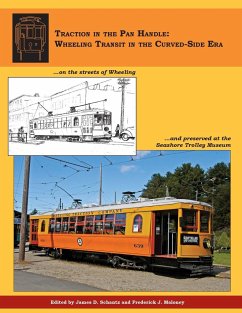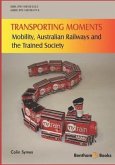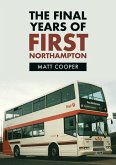Review by Ed Ramsdell Cincinnati Car Company's chief engineer Thomas Elliot designed the curved-side car, a lightweight model that used curved steel plates (not conventional flat steel plates) in body construction. Instead of the floor, the side plates and side sills bore the bulk of the weight load making the cars lighter than conventional cars and, as a secondary benefit, considerably more attractive to the eye than the standard rather boxy lightweights of the time. The first cars of this type were sold in 1922 with some 400 ultimately built through 1930 with Wheeling Transit having 21 of these. This interesting book is a twofer or mayhap a threefer for the general transit fan and especially those with a fondness for the beautiful Curved-side car developed by the Cincinnati Car Company and the history of Wheeling Transit in that era. · The book's first quarter examines the history of Cincinnati Curved-side streetcars in Wheeling, West Virginia, from the 1920s until the late 1940s, but includes good coverage from horse cars through the end of the electrics with even a bit about Wheeling Transit buses. Included is a roster of passenger cars and renumbering and retirement details. · The middle section is comprised of a wealth of photographs of the system and individual cars with well detailed annotation. Most of these photographs were taken between 1945 and 1948 by the late William J. B. Gwinn. Bill Gwinn started as a motorman with Ohio Valley Electric in 1917 converting from motorman for Co-operative Transit Company to bus driver in 1947 and ultimately retiring in 1962 from Co-operative Bus Lines. This section is so complete and thoroughly documented as to really qualify as a standalone section rather than simply an adjunct of the first part describing Wheeling Transit. · The last quarter of the book is the story of Co-operative Transit's Curved-side No. #639 acquisition in 1957 by the Seashore Trolley Museum through the completion of its restoration and dedication in 2009. Included is detailed tracking of the car's restoration progress with many color photographs. There are also informative insights as to how this project to some extent paralleled and drove the Seashore restoration shop's development. Traction In The Pan Handle is the summation of the dedicated efforts of numerous individuals spanning some 40 - 50 years. That length dictated by the time necessary for the acquisition of materials, infrastructure, labor, and money required for the complex effort of restoring No. #639 and the parallel writing and editing of this book. James D. Schantz, President & CEO (and Chairman Emeritus) of Seashore and No. #639's sponsor and Frederick J. Maloney, a Senior Trustee of Seashore and long-time member and contributor were both present during this book's long gestation. They ultimately took on the major task of weaving the substories from 1957 through 2009 into one coherent and informative story. The outcome of their efforts is well worth a read by anyone interested in electric railways, Curved-side cars, Wheeling in particular and perhaps could even provide an eye opener for that as-of-yet undiscovered trolley fan.








